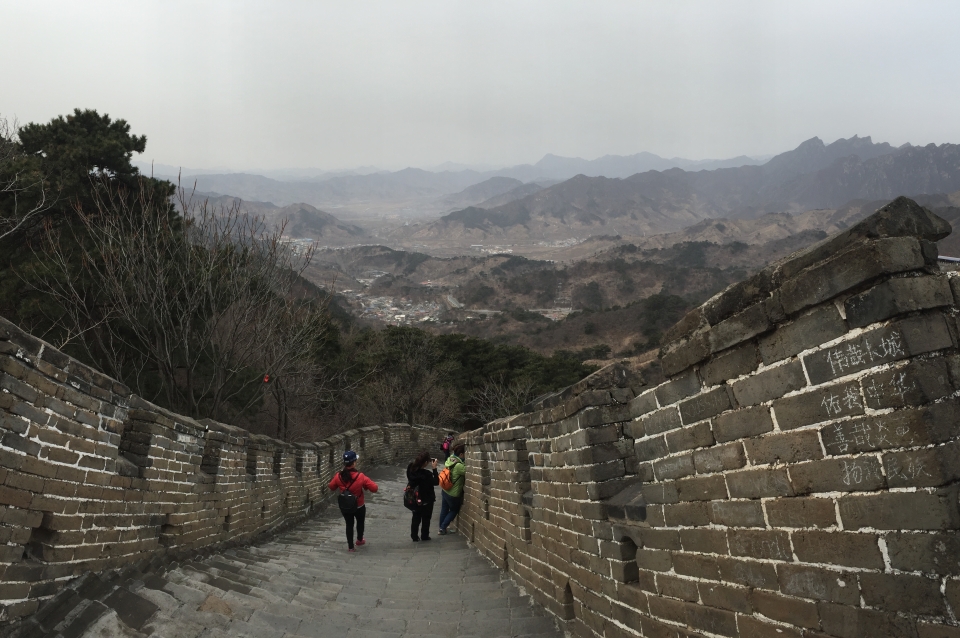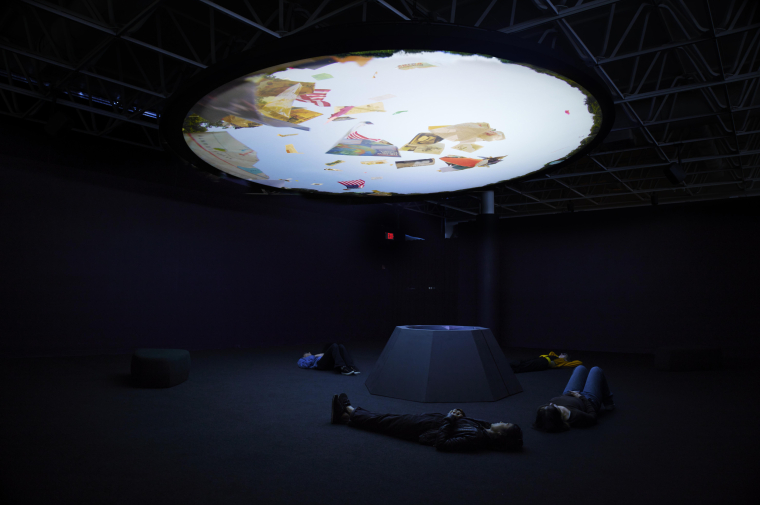April 7, 2016
Stuart Weitzman School of Design
102 Meyerson Hall
210 South 34th Street
Philadelphia, PA 19104
Get the latest Weitzman news in your Inbox
Media Contact
Michael Grant
mrgrant@design.upenn.edu
215.898.2539
As part of a series of firsthand reports on PennDesign's Spring 2016 travel studios, three students shared their impressions—in words and images—of Beijing and environs. Their trip was for a studio taught by Dean Marilyn Jordan Taylor, Professor and Chair of Landscape Architecture Richard Weller, and Practice Professor of City and Regional Planning Robert Yaro.
Alma Siulagi (MCP'16): Our topic of study for the last semester has been the Jing-Jin-Ji, a network of cities connected to Beijing considered a “mega-region.” The entire area encompasses roughly 110 million people, and is projected to add another 10-20 million by 2040. Our travels took us from far-flung corners of Beijing to Tianjin, on the coast. No matter where we went, the discussion was interesting, the food was fantastic (and spicy!), and our hosts were the most hospitable.
Alyssa Gabriel Garcia (MCP'16): Visiting Beijing, China, from the perspective of a planning student allowed particular characteristics of the city to surface, with less emphasis on the traditional tourist attractions. There was a lot to not love: the pollution can be harmful, the congestion is overwhelming, and traffic is dangerous. The blurred lines between contemporary and traditional development and lifestyles was a constant throughout the city. With this diversity I found that the quieter, traditional areas were where you found most of the hidden gems of Beijing, full of vibrant street life with a strong sense of community. My perception of the city was in constant flux and provides an exciting but complex story for the future of planning in Beijing.
Lucia Artavia: During our trip to Beijing, we had the opportunity to learn from two different sources of local knowledge. The first were the experts that we met. Visits to some of China’s most prestigious universities, as well as important planning institutions, allowed us to better understand some of the main concerns and issues that surround the future development of the Jing-Jin-Ji megaregion, while learning about the planning idiosyncrasies in Beijing and its adjacent areas. The second source, and perhaps the richest of the two, came from being on ground in Beijing with the many Chinese citizens we met. Our tour around Beijing’s huttings (narrow streets that enclose some of the city’s most traditional neighborhoods), historical sites, vibrant commercial streets, entertainment and art districts, great restaurants, and amazing street food allowed us to sample the region’s infinite palette of traditions, heritage, culture and charm. The warmth of our hosts and Chinese studio mates, who were outstanding guides during this trip, helped us realize that the true and most powerful resource of Jing-Jin-Ji and China are its citizens.


 View Slideshow
View Slideshow



